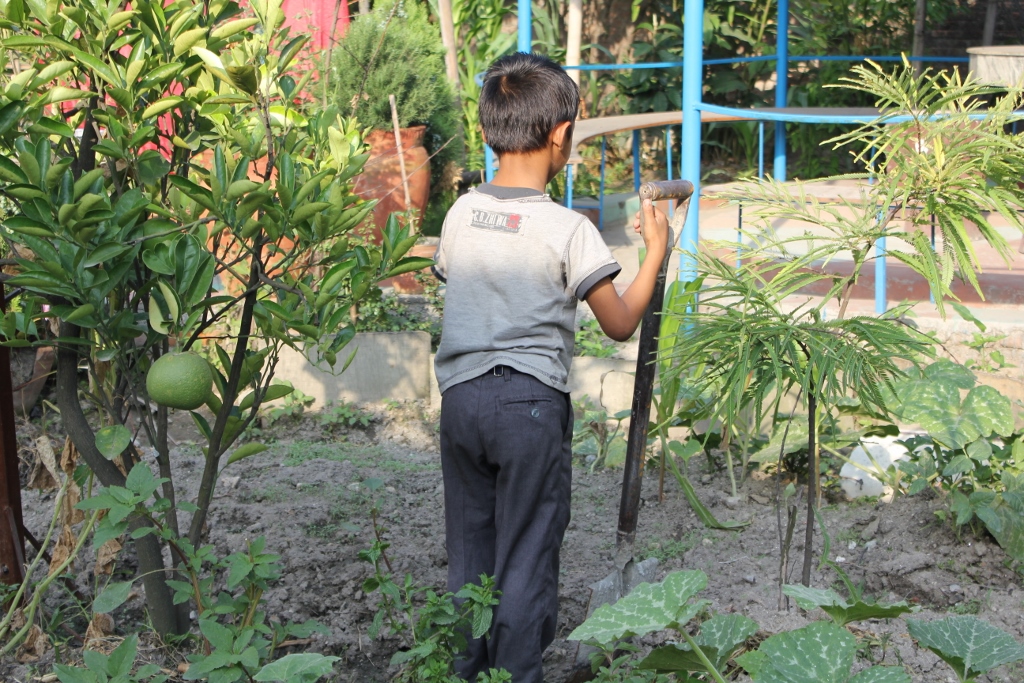Child labour and education
Chandra*
Started to work at the age of 7 years old
“My parents come from a small village and due to their poverty, they moved to Kathmandu to find work. I have two sisters and one brother. My parents started to work for a carpet factory, but the salary was not enough to feed the whole family. So they sent my older sister to work in India. The first three years, they received money from India. Then the money stopped, and we never ever heard of my sister again. I started to work at the carpet factory when I was 7 years old. When my mother got sick, my father had to buy medicine for her treatment. But he could not pay it. To get more money, they sent me to Bhaktapur to work in a house of a rich family. I was 10 years old by then. I worked 18 hours each day. I had to clean the house, wash dishes and clothes, polish shoes and dress the children and bring them to school. The owner’s wife tortured me and although I worked so hard, the house was never clean enough for her. When my mother died, they would not let me go back to my parent’s house to attend the funeral. As my father could not afford to pay for the funeral, The Women’s Foundation Nepal helped him. When they heard about me, they came to Bhaktapur and freed me from this house. Now I live at the Shelter Home with my sister and my brother. I have never seen my other sister in India again. I see my father from time to time. I am happy, that I can go to school now and learn something to make my life a better life.”
*name changed
